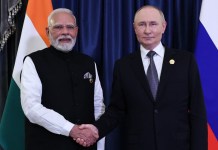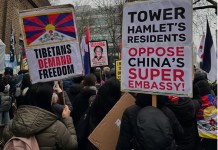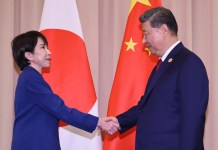In an unprecedented attack that exposed Moscow’s weak military defenses, a mammoth explosion severely damaged Russia’s multi-billion Kerch Bridge. Incidentally, Russia had been trying to defend this bridge from Ukraine for months.
The Russian military has suffered a significant setback after an enormous explosion seriously damaged the single bridge between the Crimean peninsula and the Russian mainland, cutting off a vital supply line for Moscow’s sputtering war in Ukraine.
— OSINTtechnical (@Osinttechnical) October 8, 2022
The Russians tried to prevent the unprecedented attack after the Ukrainian Ministry of Defense teased a floating HIMAR System pointed at the Crimean Bridge. With thumping, adventurous music playing in the background, the HIMARS dummy was seen floating on the surface of the Black Sea in a video that was captioned “Kerch Bridge…we are watching you!”
Since Ukraine upped its military counteroffensive against Russia after receiving lethal missiles and rockets from the US, Russia has been wary of an attack on the Kerch Bridge.
On July 4, it was revealed that Russia had moved countermeasures, including decoy barges covered in radar reflectors and a smokescreen, to the strategic Kerch Bridge in what was seen as an attempt to safeguard a crucial supply line to Crimea from a possible stand-off missile attack from the United States.
DECOY DEFENSE: #Russia rolls out BARGES which are COVERED in radar reflectors at the #CRIMEAN Bridge to COUNTER potential THREATS from #Ukrainian forces who have suggested the crossing is their number one TARGET.@IntelRepublic#RussianUkrainianWar #UkraineWar pic.twitter.com/HNCAmCU4nr
— George A. Hamalian (@gahamalian) July 11, 2022
The Russian military, which was believed to be a formidable military power, has been dealt some debilitating losses at the hands of the Ukraine Armed Forces. In April 2022, Russia’s Moskva missile cruiser – one of the Russian Navy’s most potent warships was sunk in the Black Sea by Ukraine’s Neptune missile.
Later, in August this year, explosions rocked the Saki Air Base in Crimea, destroying several Russian fighter jets, including five Su-24 Flankers and three Su-30 aircraft.
At the time, the Ukrainian Air Force had alleged that at least 10 of the total aircraft were damaged, with satellite imagery hinting at an even bigger tally. Russia’s Black Sea Fleet in Sevastapol had also come under attack by the Ukrainians.
The Russians have suffered several tactical setbacks in the previous few weeks and have been uprooted from the territories they had occupied in the initial few days of Moscow’s blitzkrieg. The Ukrainian advance triggered a massive Russian annexation of Ukrainian territories, provoking Kyiv to fastrack its application to join NATO.
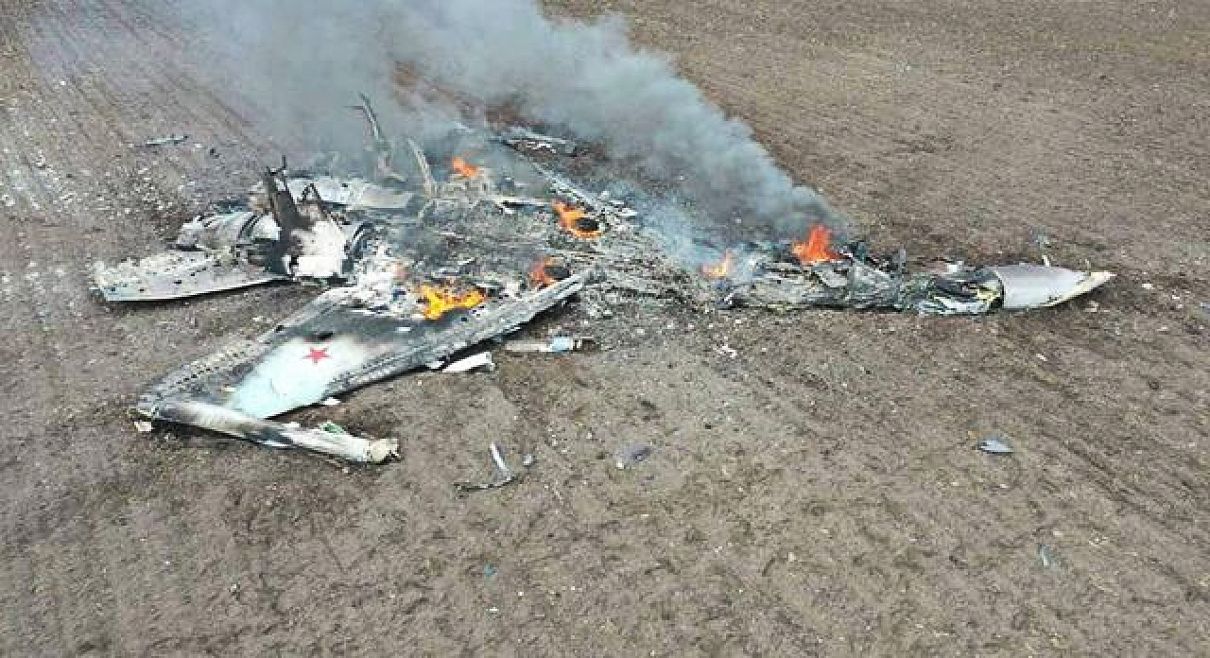
Back in 2015, Russia entered a war in Syria and changed the course of it in the regime’s favor in one of its most successful military campaigns in recent times.
However, years later, the battlefield scene completely changed, with Western experts suggesting that Russia has invited doom over itself and is nearing a big military debacle.
EurAsian Times explores what has changed.
How Did Russia Sweep Syria?
Seven years ago, in 2015, Russian President Vladimir Putin decided to support the Syrian government in its struggle against terrorists affiliated with the Islamic State and Al-Qaeda insurgents allegedly supported by the US.
At the time, Syrian President Bashar Assad was sustained by Russia’s military assistance as ISIS was beaten and most of the country’s territory returned to government control.
With the West, led by the United States, entering the scene and demanding Assad’s resignation, it appeared that Assad’s administration and possibly even the Syrian state had no chance. Russia entered the game on September 30, 2015, completely altering the outcome.
Seven years later, experts agree that the operation was successful for Moscow.
As of now, the balance of power has drastically changed, with the central government reasserting its influence over 70% of the country’s territory, even though no party can yet claim total control.

The Russian campaign relied heavily on aviation support, with fighter and assault aircraft conducting sorties nonstop. In November 2015, the Russian Air Force in Syria broke a record by flying 134 sorties in a single 24-hour period when heavy hitters, including the strategic Tu-160 (Blackjack), Tu-95 (Bear), and long-range Tu-22M3 (Backfire-C) aircraft entered the conflict.

The Russian Navy also participated, as small missile ships fired Kalibr cruise missiles from the Caspian Sea and the Admiral Kuznetsov aircraft carrier engaged in its first combat mission.
Andrey Chuprygin, an assistant professor at Moscow’s Higher School of Economics School of Asian Studies, told RT news that eliminating ISIS was the most important thing.
Second, Russia stopped Islamic parties from gaining control, not even as allies in a coalition. Thirdly, the Syrian operation unexpectedly rekindled communication between Russia, Saudi Arabia, and the UAE, Syria’s neighbors, by giving them a forum for collaboration.
However, even the campaign in Syria was not a smooth sail for Moscow’s seasoned troops. Syria became a testbed for various arms and armaments for Russia, with some reporting a high degree of success while others led to sheer disappointment.
Ukraine Is Not Syria
Everything coming out of Ukraine right now, including charges of one another violating human rights and using excessive force, was seen in Syria a few years ago.
President Putin has repeatedly said that Russia’s presence in Syria was legitimate under international law because Assad himself approached the Kremlin for military assistance. On the same lines, Putin annexed four regions of Ukraine on the pretext of what is being called an arbitrary referendum.
According to a source close to the Russian Defense Ministry who spoke to RT, it is common knowledge in military circles to claim that Russia’s action in Syria gave them vital fighting experience. However, in 2022, after recognizing many issues the Russian Army encountered in Ukraine, this perspective can be seen as incredibly biased.
Since the adversary in Syria lacked aviation, air defense, long-range artillery, and armored mechanized infantry, some observers think that the Syrian battle may have given the leaders cause for some overconfidence.
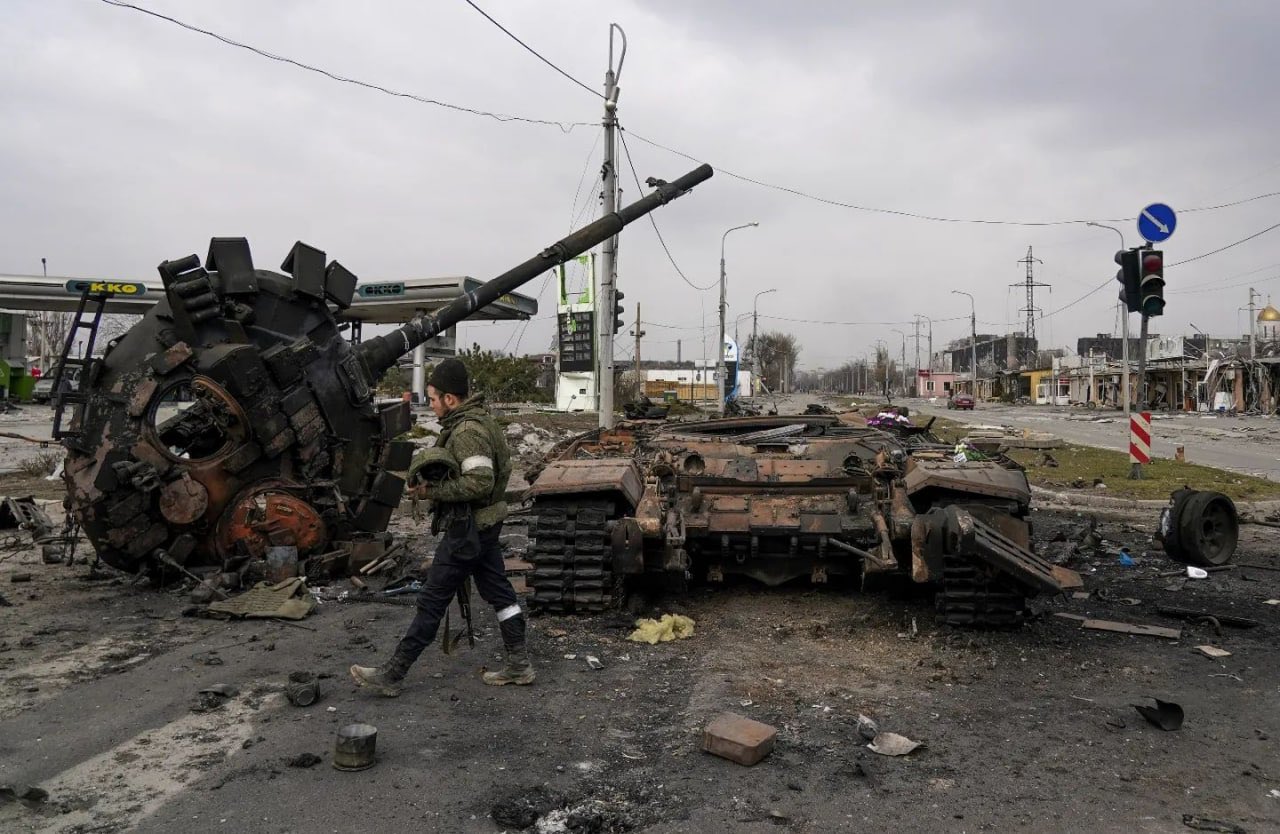
Abhijit Iyer Mitra, a senior fellow at the Institute of Peace and Conflict Studies and a military expert, told EurAsian Times, “Russia suffered quite a few reverses in Syria as well, and their equipment did not perform that well in Syria either.
The difference with Syria was that there were Syrian troops on the ground in Syria who were dying in combat. Russia mostly restricted itself to air campaigns against rudimentary to non-existent air defenses.
The first time the Russian Air Force went against the Turks, the latter shot down the planes, and the Russian pilots were tortured. So, that was the first difference. With Ukraine, what’s different is that there are Russian troops on the ground and Russian obsolete Air Force in the skies.”
Mitra further added that “The West has trained Ukraine for the last several years after the annexation of Crimea in 2014. America trained the Ukrainian military and how! And see, this was a regular army that was not regularly being bombed every single day, whereas the opposition in Syria, where a bunch of militants was never given formal training because they were all illegal terrorists or the other that no country wanted on their soil.
Syria was divided into several fractions, but in Ukraine, one government and one military fighting is one common enemy trained by the West and equipped with much heavier equipment.”
It is also pertinent to note that unlike the rebels fighting in Syria, the Ukrainian military has received advanced military support from several countries in the West. For instance, the HIMARS and M270 MLRS supplied by the US and the UK, respectively, have wreaked havoc on Russian positions, and so have the armed drones like TB2 Bayraktar provided by Turkey.
Ukraine has also received several Man Portable Air Defense Missiles that have allowed the troops to take down enemy aircraft.
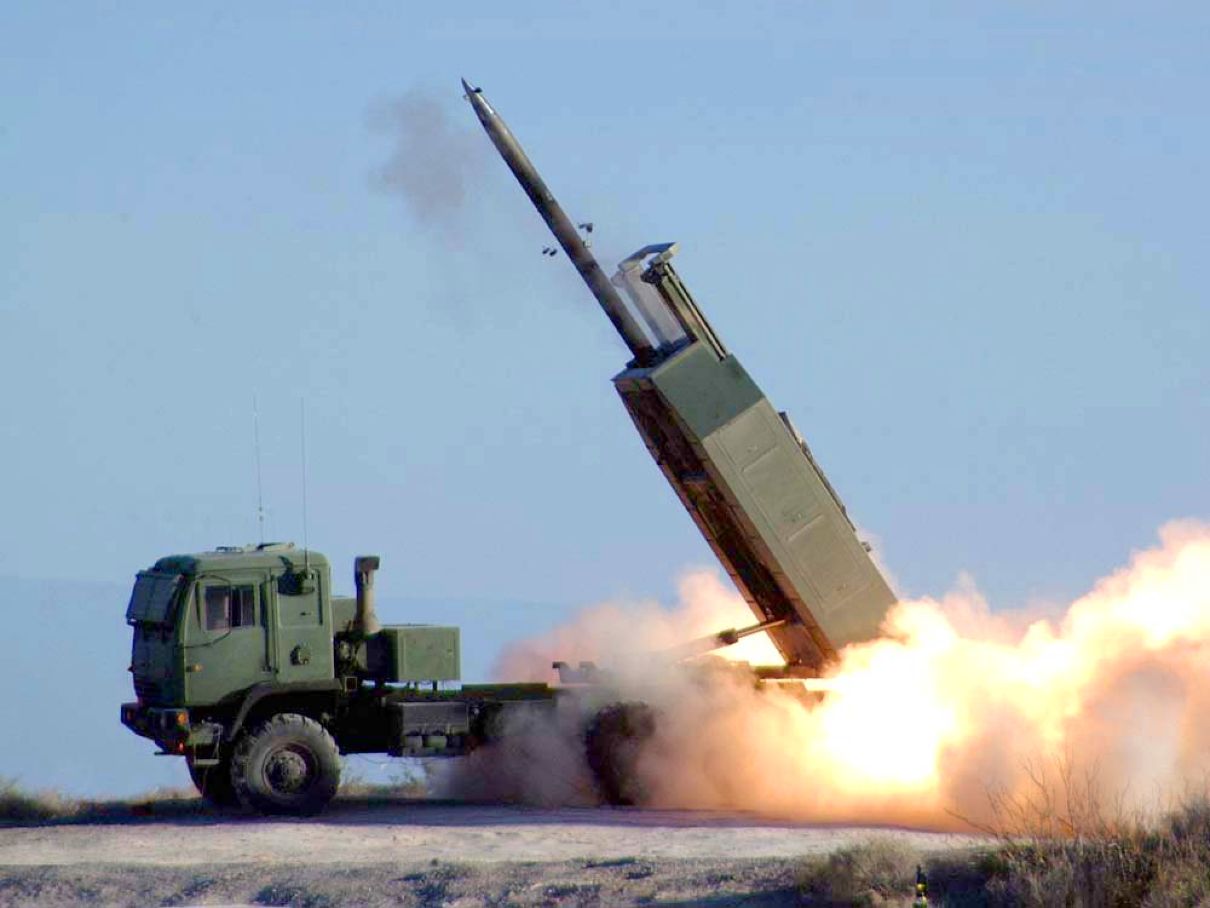
“Russia’s success in Syria comes from the fact that it was able to exercise control of the air and strike at a time of its choosing, using special forces and the air force. The Russian intervention in Syria is very different than the war in Ukraine because in Ukraine, Russia is fighting a large-scale conventional war, and it is fighting against Ukrainians who use tactics that are either rooted in Soviet doctrine (like Russia’s own roots) or in new western training.
In that sense, Russia faces a near-peer rival on the battlefield, unlike in Syria, where it was fighting disorganized rebel groups. Also, Russia has not gained air superiority in Ukraine and faces modern western weapons.
Lastly, Russia has not been able to use only its special forces and elite units in Ukraine”, Seth Frantzman, author of ‘Drone Wars’ and Middle East analyst, told EurAsian Times.
He added, “In Syria, Russia cycled through units, sending them to get experience, and Russia used units that were of higher quality; bulked up by Wagner and other military contractors (i.e., mercenaries).
It’s one thing to fight a limited war with limited objectives, like in Syria with an ally in the Syrian regime and with Hezbollah and Iran’s help, and to fight in Ukraine against the Ukrainians who are backed by the West.
Indeed, in Syria, Russia had access to many local troops and Iranian-backed militias that could be considered cannon fodder; in Ukraine, Russia has to rely on its own soldiers. Lack of air superiority is the main issue. In Syria, Russia could rely on their air force, but in Ukraine, it is afraid to use its air force due to fear of losing precious pilots.”
The conflict in Ukraine has been significantly different because of the open and heavy military assistance supplied by the West and the training provided to the troops by the NATO countries. The West has also assisted Ukrainian troops with advanced-level intelligence, especially in sophisticated and high-risk operations leading to their victory.
- Contact the author at sakshi.tiwari9555@gmail.com
- Follow EurAsian Times on Google News

